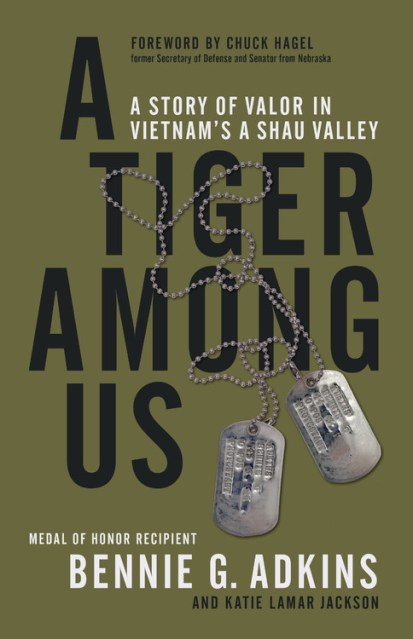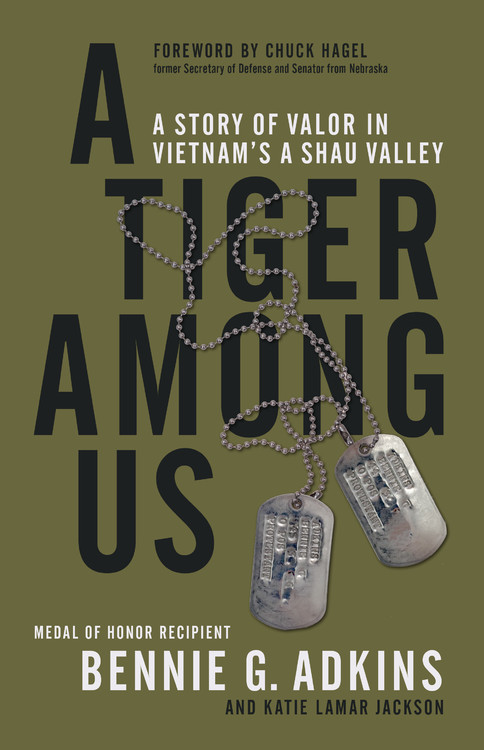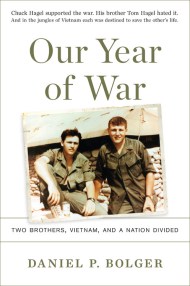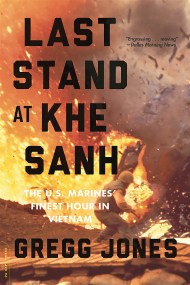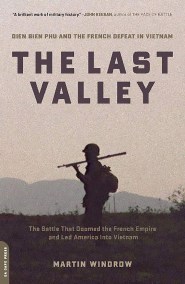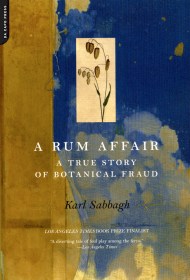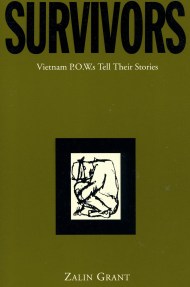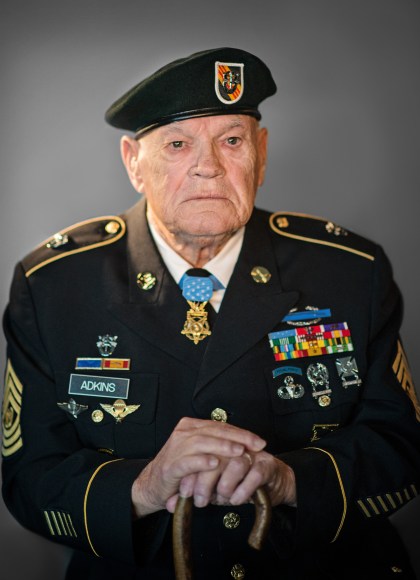Promotion
Use code MOM24 for 20% off site wide + free shipping over $45
A Tiger among Us
A Story of Valor in Vietnam's A Shau Valley
Contributors
Foreword by Chuck Hagel
Formats and Prices
Price
$45.00Price
$57.00 CADFormat
Format:
- Hardcover $45.00 $57.00 CAD
- ebook $17.99 $22.99 CAD
- Audiobook Download (Unabridged)
This item is a preorder. Your payment method will be charged immediately, and the product is expected to ship on or around May 15, 2018. This date is subject to change due to shipping delays beyond our control.
Also available from:
Foreword by Chuck Hagel, former Secretary of Defense and Senator from Nebraska
Adaptable. Cunning. Ferocious. Fearless. The Indochinese tiger is just one of the formidable predators roaming Vietnam’s jungle. In 1966 a small band of US Special Forces soldiers–most especially Bennie Adkins–spent four grueling days facing down the “tiger” among them.
While the rain and mist of an early March moved over the valley, then-Sergeant First Class Bennie Adkins and sixteen other Green Berets found themselves holed up in an undermanned and unfortified position at Camp A Shau, a small training and reconnaissance camp located right next to the infamous Ho Chi Minh Trail, North Vietnam’s major supply route. And with the rain came the North Vietnamese Army in force.
Surrounded 10-to-1, the Green Berets endured constant mortar and rifle fire, direct assaults, treasonous allies, and volatile jungle weather. But there was one among them who battled ferociously, like a tiger, and when they finally evacuated, he carried the wounded to safety. Forty-eight years later, Command Sergeant Major Bennie Adkins’s valor was recognized when he received this nation’s highest military award, the Medal of Honor.
Filled with the sights, smells, and sounds of a raging battle fought in the middle of a tropical forest, A Tiger among Us is a riveting tale of bravery, valor, skill, and resilience.
Adaptable. Cunning. Ferocious. Fearless. The Indochinese tiger is just one of the formidable predators roaming Vietnam’s jungle. In 1966 a small band of US Special Forces soldiers–most especially Bennie Adkins–spent four grueling days facing down the “tiger” among them.
While the rain and mist of an early March moved over the valley, then-Sergeant First Class Bennie Adkins and sixteen other Green Berets found themselves holed up in an undermanned and unfortified position at Camp A Shau, a small training and reconnaissance camp located right next to the infamous Ho Chi Minh Trail, North Vietnam’s major supply route. And with the rain came the North Vietnamese Army in force.
Surrounded 10-to-1, the Green Berets endured constant mortar and rifle fire, direct assaults, treasonous allies, and volatile jungle weather. But there was one among them who battled ferociously, like a tiger, and when they finally evacuated, he carried the wounded to safety. Forty-eight years later, Command Sergeant Major Bennie Adkins’s valor was recognized when he received this nation’s highest military award, the Medal of Honor.
Filled with the sights, smells, and sounds of a raging battle fought in the middle of a tropical forest, A Tiger among Us is a riveting tale of bravery, valor, skill, and resilience.
Genre:
- On Sale
- May 15, 2018
- Page Count
- 224 pages
- Publisher
- Da Capo Press
- ISBN-13
- 9780306902024
Newsletter Signup
By clicking ‘Sign Up,’ I acknowledge that I have read and agree to Hachette Book Group’s Privacy Policy and Terms of Use
